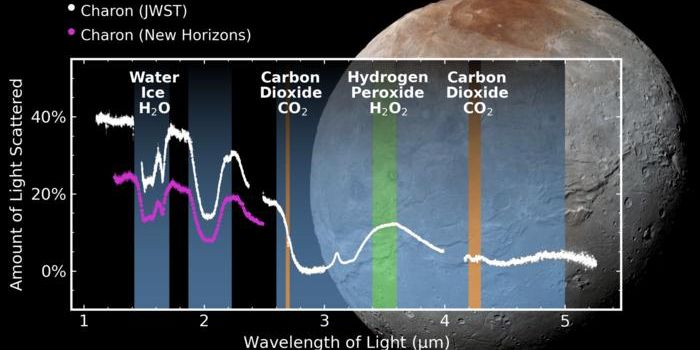Lunar Dust is Actually Quite Dangerous to Humans
Most people have a tendency to think that lunar dust isn’t any different than the dirt found here on Earth, but quite the opposite is true. In fact, lunar dust is so substantially different than the normal dirt or dust that most of us interact with every day that it’s actually classified as dangerous; but not for that reason alone.
What makes lunar dust so dangerous is the fact that individual dust particles sport particularly sharp edges. The lack of wind on the lunar surface means that lunar dust doesn’t get to tumble very much, and this prevents those sharp edges from being worn down over time – a process that happens quite regularly here on Earth.
As astronauts who’ve visited the Moon during NASA’s Apollo missions will tell you, lunar dust’s sharp edges can be troublesome for a plethora of reasons. Not only was it a hazard to breathe in after the astronauts took their space suits off in the safety of their space vehicle, but it also had an inclination to wear through fabrics and space suit materials.
One astronaut, named Harrison Schmitt, actually experienced an uncontrollable sneezing fit, excessive eye irritation, clogged sinuses, and more after inadvertently coming into contact with stray moon dust during one of his missions.
Scientific studies have found that when lunar dust is breathed in, it can interface with bodily fluids to create what are known as hydroxyl radicals. Unfortunately, getting this stuff out of your body isn’t as easy as getting it in, and if it can tear up space suits, just imagine what this stuff could do to your lungs.
With NASA planning to return humans the Moon again by 2024 through its Artemis program, this is something that space agencies like NASA will need to work around, as ensuring the safety of future astronauts is a top priority.








